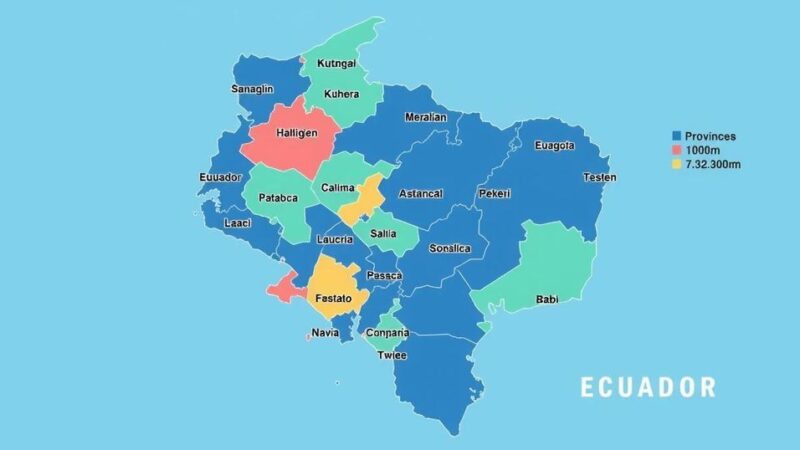On October 23, 2024, the Awash region experienced a 4.6 magnitude earthquake, the second of the day, felt widely across Addis Ababa. The geological activity is attributed to the area’s location near the East African Rift and recent eruptions have raised public concerns. Authorities stress the importance of preparedness and public awareness regarding seismic safety measures.
On the evening of October 23, 2024, the Awash region experienced a significant seismic event, registering a 4.6 magnitude earthquake at approximately 6:20 p.m. This tremor was the second of the day and was felt across various districts including the capital city, Addis Ababa. The U.S. Geological Survey confirmed the event, which has contributed to a growing sense of unease among local residents due to an uptick in seismic activity in the region. The Awash Fentale district has endured a series of at least five earthquakes in recent days, prompting local authorities to issue advisories recommending that residents remain vigilant and adhere to safety protocols set forth by the Ethiopian government. According to Professor Atalay Ayele, Head of the Sociology Department at Addis Ababa University, while the strongest tremor recorded was of moderate intensity, it is important for the population to stay informed about potential hazards as seismic occurrences increase. Professor Ayele explained that the region’s geological setting near the East African Rift contributes to its characteristic tectonic activity. This geological context not only predisposes it to low-magnitude quakes but also warrants ongoing monitoring to detect any changes in seismic patterns or risks. Furthermore, Gebretsadiq, Head of the Geology Department at Samara University, indicated that the recent earthquakes may be linked to subterranean magma movements, generating pressure that fractures surrounding rock formations. Despite the heightened activity, Gebretsadiq emphasized that predicting the timing or frequency of these quakes remains complex due to the dynamic nature of geological forces. He advocated for proactive measures such as public education on earthquake preparedness to fortify community resilience. The Ethiopian government, in conjunction with local geological institutions, is actively overseeing the seismic situation and disseminating information regarding safety guidelines. Authorities recommend that residents engage in basic safety practices, illustrating the importance of securing heavy items, designating safe areas to shelter during quakes, and preparing emergency kits. In summary, the series of recent earthquakes in the Awash Fentale area highlights the necessity for preparedness in a region prone to tectonic activity. Continued research and cooperation among local and international geological experts are anticipated to further illuminate the risks associated with these seismic events. Public awareness and adherence to safety recommendations are critical as the affected communities navigate this period of active geological change.
The Awash region, particularly the Awash Fentale district, is noted for its tectonic activity due to its position near the East African Rift, a location where tectonic plates are slowly separating. This geological formation is conducive to frequent seismic events of varying magnitudes. Recent increases in earthquake frequency have raised public concern, prompting geological experts to analyze the seismic patterns and mechanisms underlying such activity, including the movement of magma beneath the Earth’s surface. The current risks and safety protocols are vital for residents, as many remain largely unacquainted with seismic preparedness despite the continuous natural events.
In conclusion, the recent earthquakes in the Awash Fentale district underscore the importance of awareness and preparedness in regions susceptible to earthquakes. While the current seismic events are of low magnitude and do not pose an immediate threat, the frequency and unpredictability warrant ongoing monitoring and public outreach efforts by geological authorities. Residents are encouraged to adopt safety measures and stay attuned to government advisories, as proactive engagement is essential in mitigating the impacts of future seismic incidents.
Original Source: addisinsight.net






